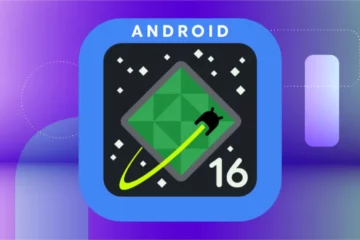
OnePlus launched the OnePlus Nord 4, the most recent model in their entry-level Nord line, at their summer launch event in Milan, Italy. This phone is equipped with a Snapdragon 7+ Gen 3 CPU and has a metal unibody design. A number of new AI features are also included, including an AI note summarizer, AI audio summarizer, and AI text translator.
Display
Both the OnePlus Nord 4 and the OnePlus 12R have remarkable screens, but they differ in a few key ways. With its slightly larger 6.78-inch AMOLED ProXDR display and LTPO 4.0 technology, the OnePlus 12R promises greater battery life and smoother performance by dynamically adjusting its refresh rate between 1Hz and 120Hz depending on the content. On the other hand, the 6.74-inch AMOLED display on the OnePlus Nord 4 features a steady refresh rate of up to 120Hz and a resolution of 2772 × 1240 pixels. With an astounding peak brightness of 2,150 nits, the Nord 4’s display is even more remarkable and should offer exceptional visibility even in direct sunshine.
Camera
Both smartphones have strong cameras, however they are configured differently. The OnePlus 12R has three cameras: an 8MP ultra-wide angle lens, a 2MP macro lens, and a 50MP Sony IMX890 main sensor with OIS and EIS capability. With so many settings available, such as Nightscape, Pro, and Ultra Steady, the camera app is adaptable to a variety of photographic requirements. The 12R features a 16MP selfie camera up front.
The OnePlus Nord 4, on the other hand, has two cameras: an 8MP ultra-wide-angle lens with a 112-degree field of view and a 50MP Sony LYTIA main sensor with OIS and EIS. A 16MP sensor is also included in the front camera for video calls and selfies. The Nord 4’s primary sensor can record at 60 frames per second, which results in smoother video quality even though both phones offer 4K video recording.
Processor
The OnePlus 12R and Nord 4 are equipped with distinct chipsets that meet a range of performance requirements. With its strong Snapdragon 8 Gen 2 CPU and Adreno 740 GPU, the OnePlus 12R is better suited for demanding applications like gaming. With 256GB of UFS 4.0 storage and up to 16GB of LPDDR5X RAM, it offers quick performance and plenty of storage space.
Despite having a somewhat lower chip set than the OnePlus Nord 4, the device still packs a powerful Adreno 732 GPU and Snapdragon 7+ Gen 3 processor. The majority of jobs, including modest gaming and multitasking, can be handled by this system with ease. 8GB or 12GB of LPDDR5X RAM and 128GB or 256GB of UFS 3.1 or UFS 4.0 storage are the options available for the Nord 4.
Price
A key consideration when contrasting these two gadgets is price. With prices starting at ₹29,999 for the 8GB RAM/128GB storage edition, ₹32,999 for the 8GB RAM/256GB variant, and ₹32,999 for the 12GB RAM/256GB variant, the OnePlus Nord 4 is positioned as a more cost-effective choice. This makes the Nord 4 an appealing option for anyone searching for a low-cost gadget without sacrificing necessary functionality.
The OnePlus 12R, on the other hand, is more expensive, which is in line with its more expensive characteristics. Priced at ₹39,999 for the 8GB RAM/128GB storage variant and ₹45,999 for the 16GB RAM/256GB storage variant. Its improved processing, display technology, and extra camera features make the higher price point warranted.
Battery
With 5,500mAh batteries in each device, which should comfortably last a full day of average use, both smartphones have strong battery lives. When a rapid top-up is required, both phones’ 100W SUPERVOOC fast charging capability enables it. One big plus is that fast charging is built in, so there’s very little downtime. But because of its LTPO 4.0 display technology, which can better control power usage through dynamic refresh rate adjustments, the 12R may be slightly more efficient.


